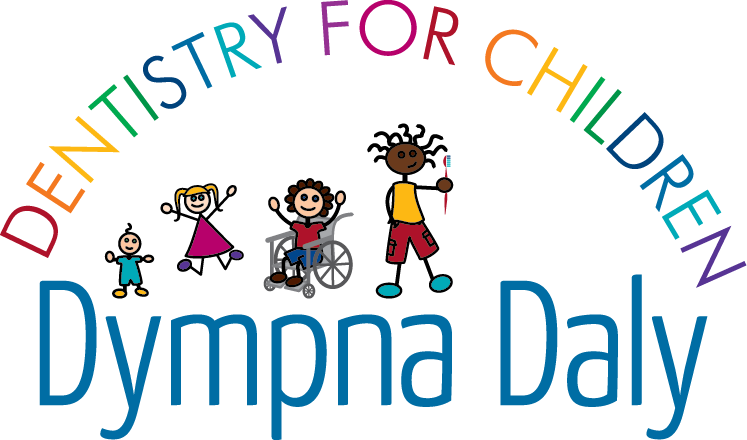Galway Dentist – Tooth Decay in Children
Tooth decay is the most common chronic disease affecting children. It is often referred to as:
- Cavities
- Tooth Rot / Rotten Tooth / Bad Tooth etc.
- Holes
- Staining etc.
Tooth decay is caused by the sugars we eat mixing with bacterial plaque on teeth – this creates an acid which dissolves part of the tooth. If this happens often enough cavities will occur. There are specific bacteria in our plaque that cause this condition. Because it is a bacterial disease tooth decay can spread from one tooth to another through direct contact or by shedding into the saliva exposing all of the other teeth in the mouth.
Children who experience decay of the primary teeth are more likely to experience decay in the permanent teeth. By removing tooth decay and restoring the teeth, the numbers of decay-causing bacteria are significantly reduced.
Tooth decay can also significantly affect the quality of a child’s life. If a child has a toothache or pain with chewing, they will not be able to eat properly. Growth and weight gain, sleep patterns, behaviour and school performance may also be negatively influenced.
However, tooth decay is completely preventable by:
- Effective tooth cleaning twice a day
- Reducing sugar intake and frequency (including natural sugars e.g. fruit, honey and manufactured sugars e.g. jellies, sweets etc.)
- Regular dental visits
Remember: your child can have tooth decay without any symptoms or obvious looking “cavities”.
Regular dental check-ups are very important for children.
Fixing Tooth Decay (“holes”) in Baby Teeth
Baby teeth should be retained until they fall out naturally because they serve a number of important functions. (see “why are baby teeth important“). Some children do not lose their last baby molar until 12-13 years of age. This is much later than many parents may realise.
- If a baby tooth has a small cavity, it can be restored with a tooth coloured filling (composite).
- If the cavity is very large or the enamel is poor quality, the tooth can be restored with a stainless steel crown. These are very successful restorations and can last many years. Children often refer to these crowns as “princess teeth” or “superman teeth”!
- In some instances it is not possible to restore the damaged baby tooth so it will need to be extracted. However, this is a last resort as losing baby teeth early can cause loss of space for permanent teeth – this may require orthodontic treatment (braces) later.
The earlier teeth are treated the better. This is more comfortable for your child and more affordable for you.
However, it is never too late to seek dental care!






